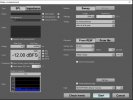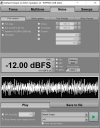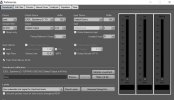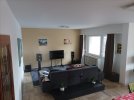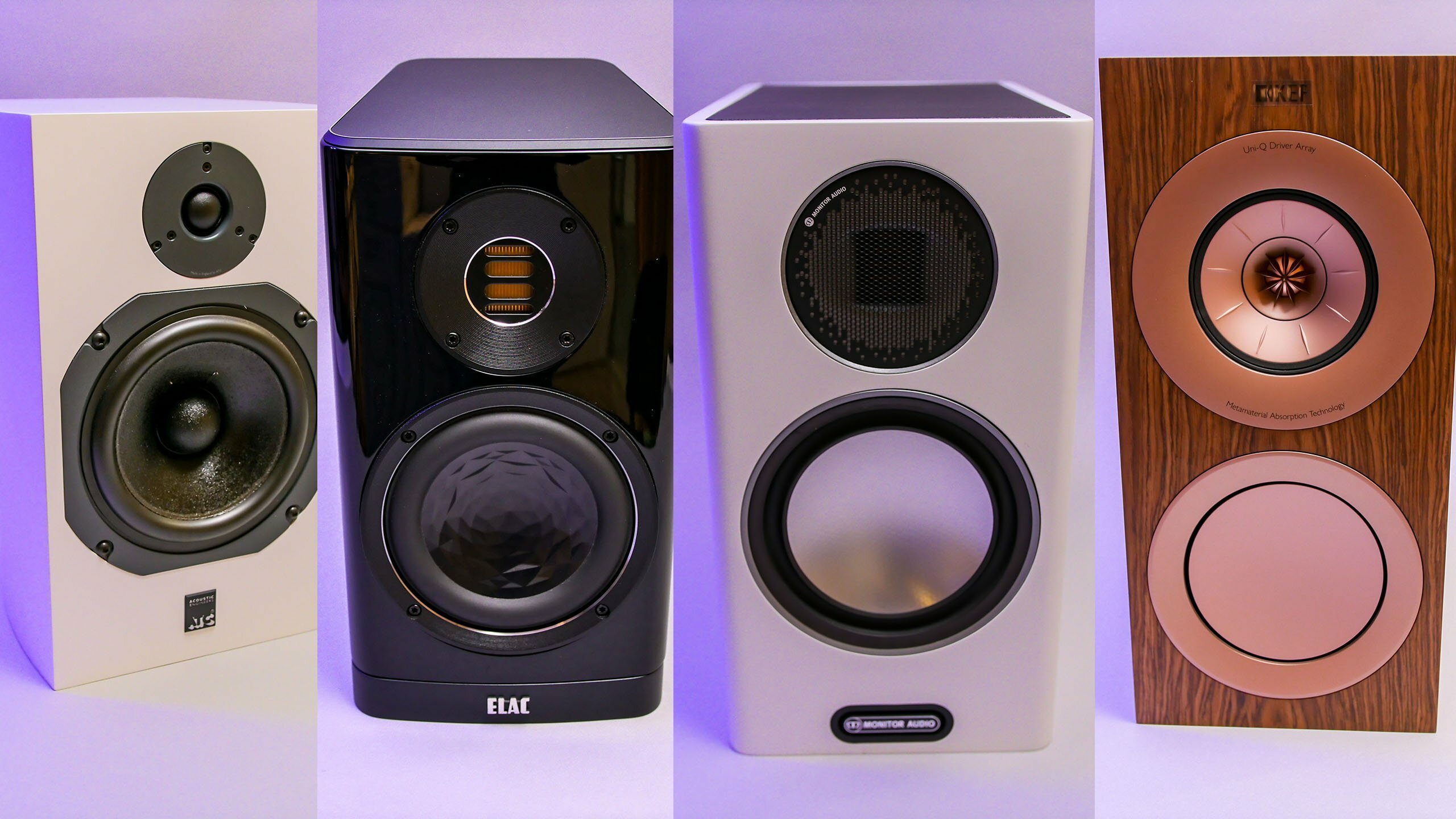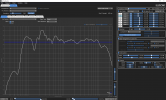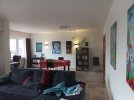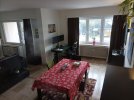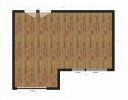At a single listening position. The room modes still exist, and the resulting EQ can worsen other listening positions, even 1-2ft distant. OP clearly has two primary listening positions. Acoustic treatment is highly beneficial because it allows the EQ approach described by Floyd Toole to work across multiple seats, rather than the single chair he is discussing in that article.
Multiple subwoofers are also a valid solution, but that creates the problem of time alignment with the speakers, the higher the crossover point, the less flexibility there is with regards to distance. Acoustic treatment, EQ, and multiple subwoofers all compliment each other to create a near perfect system.
The 2nd position appears to me to be an anticillary space.
It is tucked around a corner?
OP
@kolestonin what is the deal with that 2nd space? You did not photograph it. Are you actually worried about hi fidelity bass reproduction around the corner? I can't see how that will work unless using separate EQ settings. Even then the time/distances diffrences from the subs and speakers with be very off, no treatment can help that. They will be out of phase.(likely part of why 100hrz dip gets larger)
@alex-z and OP, yes the room modes would exist for sounds not produced by the PEQd audio system. Those approaches Toole is using in the article I linked are designed not to use any commercial style room treatment and both do not. Neither would fix a 2nd listening position far away from the main one, but really what would? I don't understand that 2nd spot yet as focus point. I sit in odd spots sometimes but I don't epect my stsero to sound its best when doing so.
In any case OP can likley just make an EQ for both spots and use that setting when sitting in the particular odd zone.
I use PEQ and get a nice big sweet spot for the bass, enough for great side by side listening. (yes ideally it is slightly different when actually exacly in the middle, use extra settings or just be cool with 90% performance which is much better than than no PEQ)
That dip at 100hrz may be SBIR (from the monitor to boundary relationship)and/or as
@alex-z mentioned poor sub blending and time alignment and phase alignment issues. OP you may need to play around with the sub blending, even using overlap. Are there 3 subs in there? What are you using here for DSP?
Subwoofers up by the mains can be crossed fairly high if need be. The one by the couch likely needs to be @ or below 100hrz. If that one by the couch is notably closer to you, you ought to use some time alignment, it is possible that sub is canceling output up around 100hrz by being out of sync. If time alignment is not available try equalizing distances to the main position. You can also play with the phase switches though that is not the same as time alignment due to distance issues.
Time alignment between reasonably close distances(such as that corner sub and the R3) becomes less important as you decrease in frequency due to the large wavelengths in fact at 1/4wave distances they merge essentally 100% and even with larger distances the issue is still small below about 60-80hrz, still you might time align the whole system -especially if crossing @ or above 80hrz.
Also remember as you adjust sub output levels relative to the mains the effective crossover changes. You will be adjusting multiple parameters with every single change.
With multiple subs you may have to play a lot to get what you want with each sub having a different setting and PEQ and then a global PEQ on top of that. You also have to decide what frequency to look at the bass in mono and when to allow stereo adjustments on the mains. (I use about 120-150hrz.) You will also need to determine what overall bass level or 'room curve' sounds right in this space, and how much if any overall extra bass boost. This will be different for different approaches , tastes, rooms, especially room size and other important particulars such as playback level(perception of increase on bass is not linear with respect to the midrange, 'right' bass matching at 80db will not be the same at 90db). There is no universal 'curve' here, lots of playing.
You will get there though.
Real rooms also have natural high frequency absorption from furniture, carpet, and the humans within. That skews the ratio of direct vs reverberate sound, and adding thick absorption panels allows for a partial correction of that behaviour without resorting to something like dipole speakers.
Yes and this skewing is what we are accustomed to though in many everyday spaces. Loss of high frequency energy starting above about 200hrz and room gain below about 200hrz. The main philosophy in consumer audio is to accept this, that it can and does sound good and just deal with the major peaks and dips while accepting the so called 'downward trend' of the inroom steady state responces. Bass is not so much reverberate vs direct anyway. It is basically just 'pressure'. The waves are huge, there is little 'direct' sound. Any sense of such comes from spacial ques higher up in the frequency range.
OP, if you go with room treatments for bass, be aware of the size you actually need (likley very, very large)and where they actually need to be placed. Above bass your speakers have been supremely designed to sound right in a typical domestic room with no micro corrections above 200ish hrz. Maybe just a tonal control or tilt if someone had a very hard space.(you don't seem to) I recommend no absorption above 200hrz as that may throw off the wonderful tonal balance built into the R3 loudspeakers , maybe some diffusion/diffraction though to even/spead out hard reflections off the bare walls.





